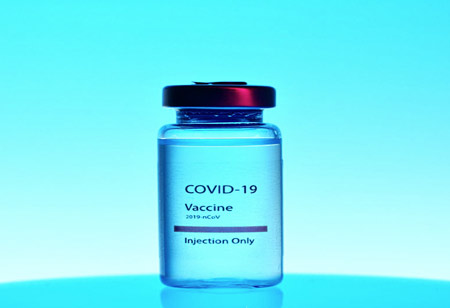Thank you for Subscribing to Healthcare Business Review Weekly Brief
The Role of Predictive Analytics in Healthcare Personnel Management

Be first to read the latest tech news, Industry Leader's Insights, and CIO interviews of medium and large enterprises exclusively from Healthcare Business Review
Thank you for Subscribing to Healthcare Business Review Weekly Brief

By
Healthcare Business Review | Tuesday, January 16, 2024
Stay ahead of the industry with exclusive feature stories on the top companies, expert insights and the latest news delivered straight to your inbox. Subscribe today.
Predictive analytics transforms healthcare personnel management by forecasting patient influx, optimising staff schedules, conserving resources, and fostering job satisfaction. Diverse data sources power this efficiency, ensuring ongoing improvement and ethical considerations.
FREMONT, CA: Navigating the intricacies of healthcare, with its high-stakes patient care and complex operations, demands effective personnel management. In this critical arena, which relies on the relentless efforts of doctors, nurses, technicians, and various professionals, the challenge lies in accurately predicting staffing needs and crafting schedules that balance adequate coverage, cost efficiency, and staff well-being. Enter predictive analytics, a transformative tool that harnesses extensive historical and real-time data and enables precise forecasting of patient volume, staff availability, and skill requirements, ushering in a new era of efficiency in healthcare personnel management.
Healthcare organisations leverage predictive analytics to revolutionise their operations. Predictive models anticipate patient influx, enabling dynamic scheduling that aligns staff numbers with anticipated demand, preventing overstaffing during slow periods and understaffing during surges. This optimisation conserves resources and mitigates burnout. Additionally, accurate forecasting facilitates strategic workforce planning, allowing proactive recruitment and training initiatives to address potential shortages.
The streamlined scheduling and workforce planning processes, made feasible by predictive analytics, enhance operational efficiency, reducing administrative burdens. This efficiency minimises overtime, alleviating employee fatigue and fostering job satisfaction. Ultimately, these improvements contribute to shorter wait times, increased accessibility, and enhanced patient experiences, elevating overall healthcare service quality.
The Power of Data
A diverse range of data sources is necessary for predictive analytics to be effective in the healthcare industry.



